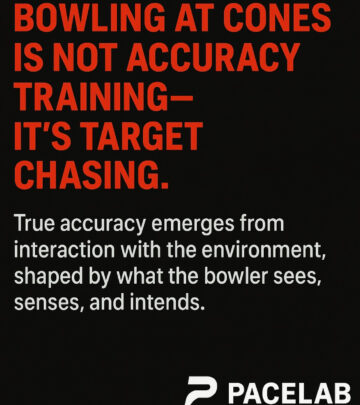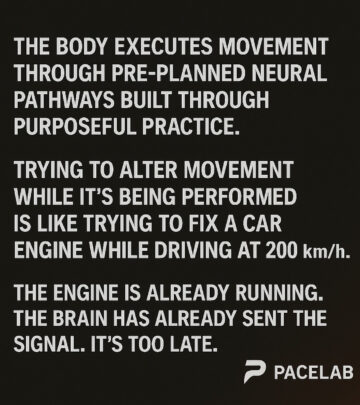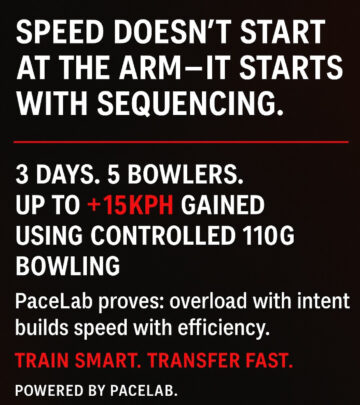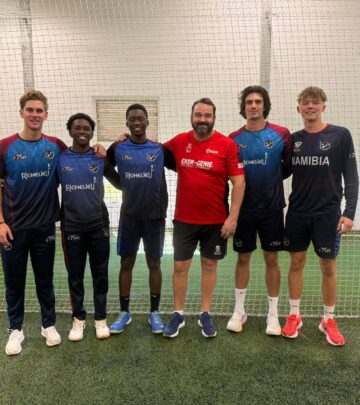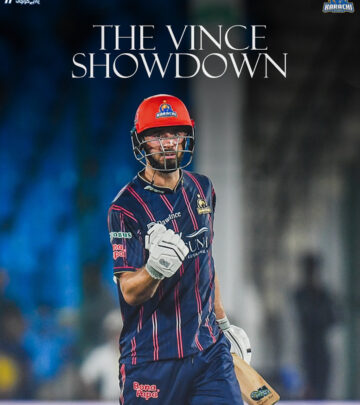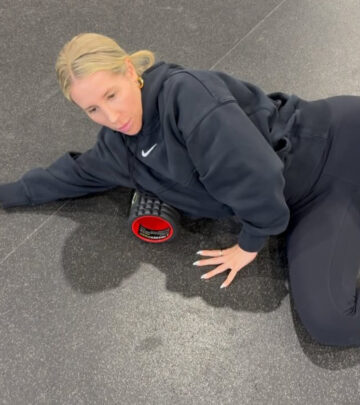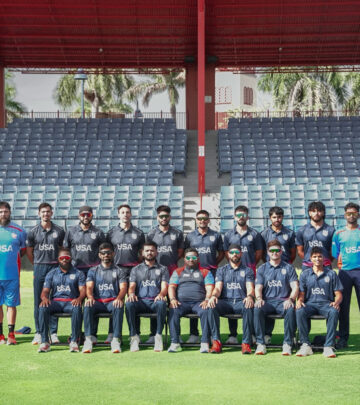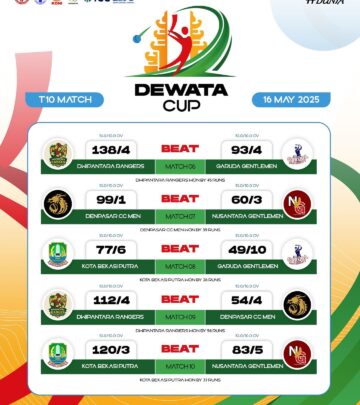PaceLab Launches New Fast Bowling Training Module
New training module merges physiology, biomechanics, and data for fast bowling excellence.
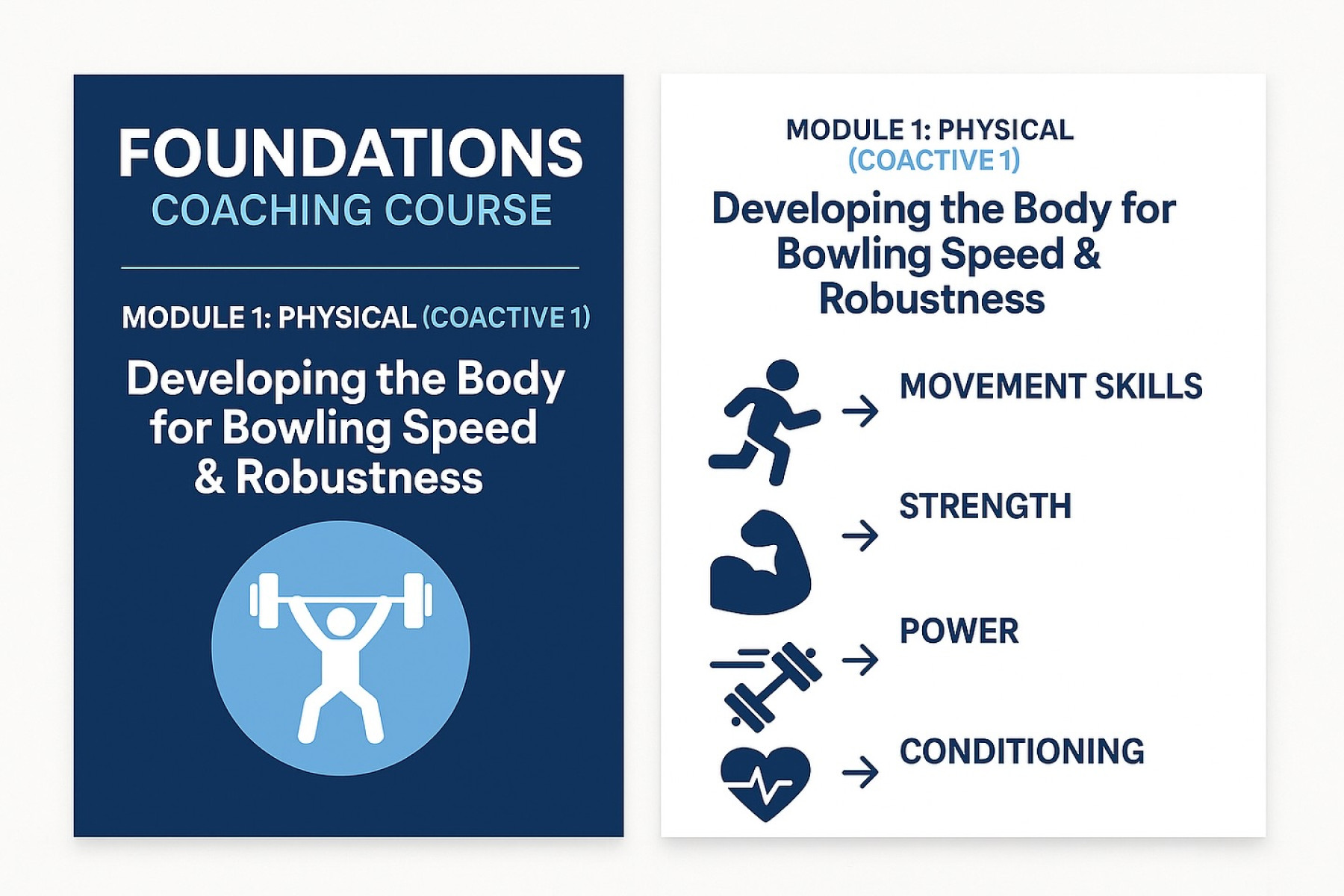
Image: Instagram
PaceLab is set to revolutionize fast bowling coaching with the launch of its innovative training module launching on September 1. The new course, titled Developing the Body for Bowling Speed & Robustness, falls under MODULE 1: PHYSICAL (Coactive 1) and is designed specifically for coaches to harness the power of physiological, biomechanical, and autoregulatory principles. This integrated approach promises to help coaches build fast bowlers who are not only quick but also robust and resistant to injuries.
Module Overview
The training module focuses on developing the physical attributes that underpin fast bowling success. Coaches can expect an in‐depth exploration of how physical preparation is essential for achieving high bowling speeds. The module emphasizes the importance of data-driven approaches such as the use of real-time autoregulatory systems to accommodate fatigue, and adopting High-Low principles in weekly session planning. These insights are set to enable a more scientific and methodical approach to coaching fast bowlers.
In a detailed caption accompanying the launch announcement, the creator noted, “I’m convinced this will change the game forever. I’ve taken time to write it as I’m also constantly learning and adapting my system. I’m now happy. It’s ready to change how you think fast bowlers should be coached.” Such a confident statement underscores the module’s potential impact on traditional coaching methods and highlights the commitment to continuous improvement and innovation in the field.
Key Features And Outcomes
The module is structured to equip coaches with the following skills:
• Profiling the physical qualities that are key to bowling speed.
• Using real-time autoregulatory systems to adapt training based on individual fatigue levels.
• Quantifying the mechanical versus performance load with modern tools like PL Proxy and Drop-OS.
• Planning effective week-to-week sessions using High-Low training principles.
• Minimizing injury risks and optimizing physical capacity through smarter, data-led programming.
This comprehensive framework will be first unveiled to the COACH MENTORSHIP Delegates, who earn the unique opportunity to be certified and serve as ambassadors for this groundbreaking system. This early access initiative not only spotlights the module’s promise but also reinforces PaceLab’s commitment to nurturing a network of skilled coaches across the fast bowling arena.
Coaching And Celebrity Endorsement
Renowned cricket coach Steffan Jones, known as @steffanjones105 on Instagram and with a solid background as documented on Wikipedia, has shown keen interest in this revolutionary module. With years of hands-on experience in coaching and developing fast bowlers, his endorsement lends additional credibility and excitement to the training initiative. Jones has a history of advocating innovative training regimes, as is evident in his previous posts that emphasize moving beyond traditional cone drills. His approach consistently champions adaptability and real-game contexts over rigid, unchanging techniques.
A glance at earlier Instagram posts from PaceLab highlights this philosophy. In one memorable post, the focus was on discarding outdated methods like cone bowling in favor of training that builds true game-time accuracy. The posts emphasize how traditional drills often lead to a stagnant motor pattern, whereas innovative training fosters responsiveness by simulating the complex dynamics of match conditions. With the new module, PaceLab is taking these insights further by integrating physiological mastery with data analytics in a live coaching environment.
Integrating Science And Practice
What sets this module apart is its dual focus on scientific principles and practical coaching tools. Coaches will learn to differentiate between mechanical and performance loads, paving the way for tailored training sessions that are both effective and sustainable. The use of advanced metrics such as PL Proxy and Drop-OS means that every aspect of a fast bowler’s training can be quantified, allowing for precise adjustments based on the athlete’s progress. The incorporation of autoregulatory principles is particularly noteworthy; it ensures that training adapts dynamically to each bowler’s fatigue levels, reducing the risk of overtraining and injury.
This fusion of science and practice isn’t just theoretical. PaceLab’s approach has already been subject to rigorous testing in live coaching camps. One recent camp in Namibia showcased significant improvements over just three days, with coaches and delegates witnessing firsthand the rapid development in speed, skill, and on-field robustness. These live results have resonated strongly amongst the coaching community, reinforcing the module’s potential to set a new standard in fast bowling training.
Looking Forward
The impact of this module is anticipated to extend far beyond the coaching sessions in which it is initially deployed. Its underlying principles, embedded in the curriculum, are aimed at reshaping fast bowling coaching practices globally. As more coaches become certified under PaceLab’s system, expectations are high that a new wave of fast bowlers will emerge—athletes who combine speed with resilience, underpinned by scientifically informed training regimes.
The launch on September 1 marks not just the introduction of a new course but a significant evolution in how fast bowlers are coached. By moving away from conventional methods and embracing data-led, contextually relevant training, PaceLab is setting a new benchmark in sports coaching. Coaches, athletes, and fans alike are watching closely as this transformative approach promises to change the way speed and robustness are developed in cricket.
As the coaching fraternity eagerly awaits further details and enrollment opportunities, one thing is clear: PaceLab’s new module is poised to usher in a new era of fast bowling excellence, underpinned by a blend of innovative science and real-world practice.
Read full bio of Joyce




